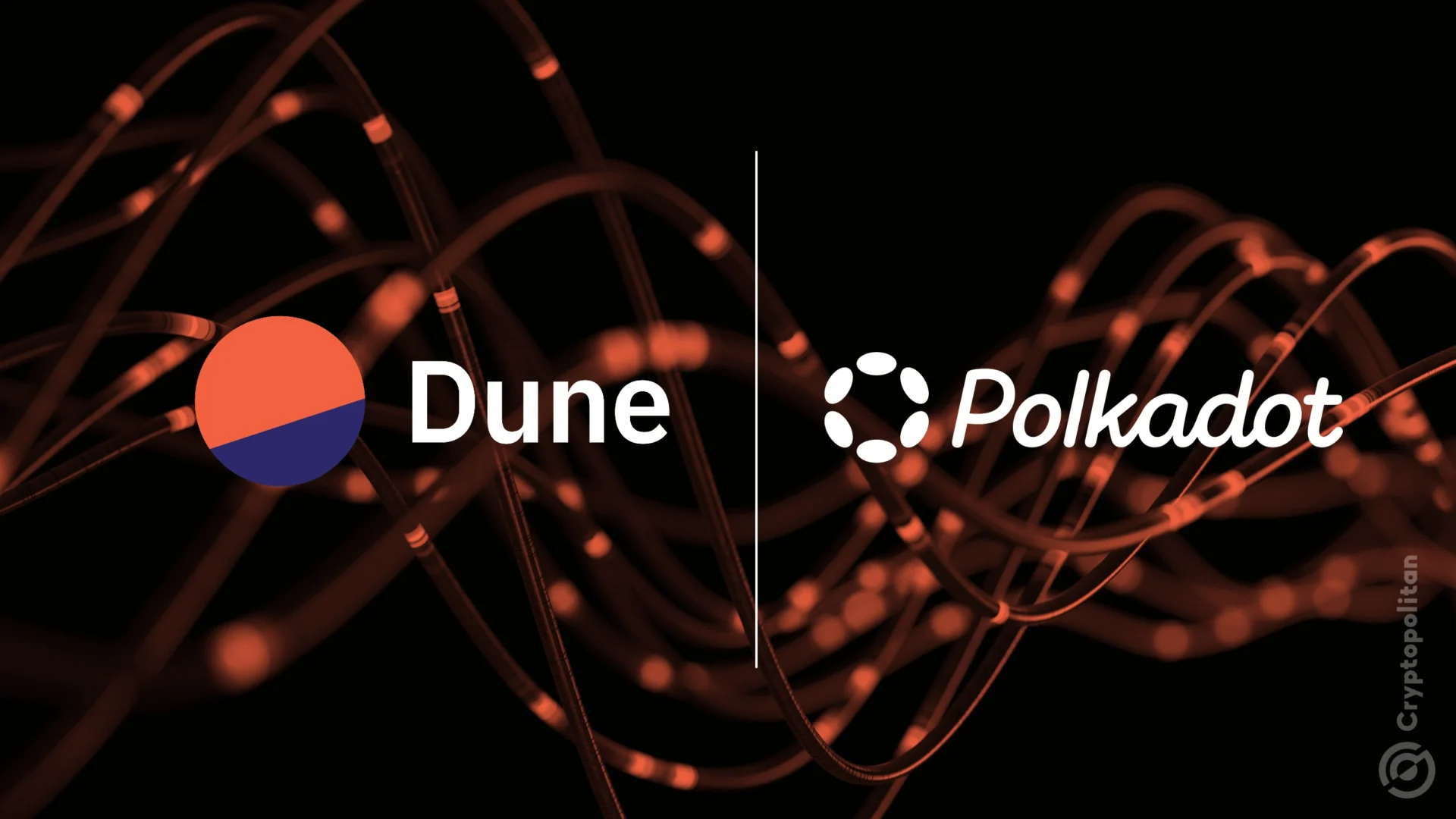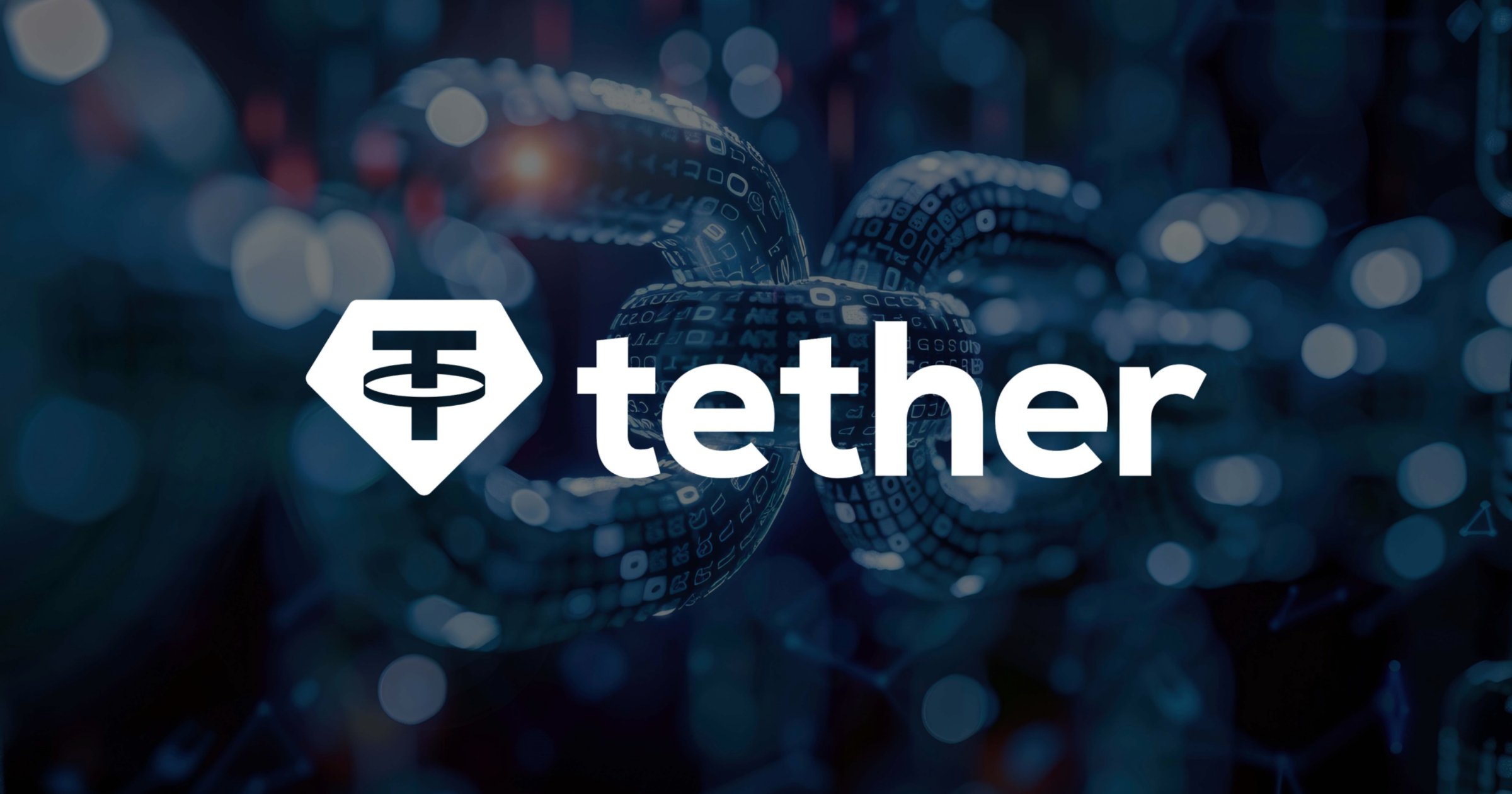Dune, the leading platform for on-chain analytics, will integrate data from more than 50 parachains on the Polkadot ecosystem. Dune will expand its oversight on Polkadot, with data tailored toward investors, developers, and researchers.
Dune Analytics will host data from more than 50 parachains on Polkadot. The new inflows will give an insight into Polkadot’s entire ecosystem, where most projects remain invisible. Dune will offer data targeting investors, developers, and data analysts. The data dashboards will be built with input from the Colorful Notion team. Dune has set up a process for integrating new parachains to scale the data as Polkadot grows.
Colorful Notion is a Polkadot ecosystem team dealing with the Web3 hub’s specialized data. Before the comprehensive partnership, Colorful Notion worked with individual parachains to build their Dune dashboards.
The Dune integration will grant users access to the Dune API, allowing them to convert queries into API endpoints. The dashboards will be usable to developers and analyst, to incorporate the data directly into their own applications.
Previously, Dune Analytics held data for Polkadot, Kusama, and six more prominent parachains. The new dashboards will expose data from Polkadot in real-time. Polkadot’s parachain system contains projects with varied use cases, each producing a specific type of data. Parachains are mostly used for DeFi purposes, creating the need to track liquidity.
Polkadot also hosts bridge parachains, app chains, smart contract hubs, and others. Newly added parachains will include Moonbeam, which specializes in smart contracts and cross-chain DeFi; Acala, known as Polkadot’s hub for decentralized finance; Phala, which focuses on privacy-first DePIN and AI solutions; and Mythos, a protocol bringing AAA decentralized gaming and hugely popular franchises to Polkadot.
Dune will present dashboards with transaction flows, DeFi analysis, gaming developments, and NFT activity.
“Polkadot and its Substrate-based chains form a vast and complex ecosystem. With this integration of 50+ parachains, our goal is to make that complexity easier to navigate. We want to give people a clear, accessible view of what’s happening across the network, so they can focus on innovation and building with confidence,”
said CEO of Dune, Fredrik Haga.
So far, Dune hosts more than 700K community-created dashboards with curated selections for the best data sources. Recently, the Dune API release brought the data to life for third-party apps. The platform allows for automated reporting, alerts, and detailed tracking of specific wallets or transactions.
Dune has also turned into a tool to present lesser-known chains. So far, most of the Solana ecosystem and EVM-compatible chains have gained representation through community-generated dashboards and data panels. Polkadot will gain more curation on its parachains, expanding on available community data boards.
Polkadot aims to re-capture growth
Polkadot is a long-running ICO project, which became key for the Web3 ecosystem. The parachains model is one of the solutions for scaling. Parachains offer a way to cheaply launch apps, while having the same security as bigger chains. Polkadot itself aims to scale Ethereum, though not being directly EVM-compatible. The Polkadot hub still relies on bridging from Ethereum, though it has a relatively complex ecosystem. Three main bridges operate on Polkadot for specific asset and liquidity purposes.
Polkadot parachains are also in competition for influence in terms of value locked. The Dune dashboards will expose additional liquidity features and signs of activity. Currently, Moonbeam, Astar and Hydration have the biggest liquidity share.
Polkadot is also known for its large-scale marketing, keeping a high profile on social media through influencers. However, the project may turn away from overspending on publicity, instead returning to its technical roots.
DOT, the native token of Polkadot, currently trades at $4.12 after moving above $10 during the peak of the 2024 bull market. Despite the low token price, Polkadot continues to use its reserves for building, while remaining a prominent Web3 platform.
Polkadot parachains are also a specific hub of activity, requiring additional developer skills. Developers are also evaluating the capabilities of parachains versus EVM smart contracts, trying to decrease the complexity of Polkadot tools. The new Dune dashboards may give more insights of Polkadot’s strengths and weaknesses. Interoperable chains are still facing limitations, with only $45M locked in 21.co, a cross-chain liquidity app.
Cryptopolitan reporting by Hristina Vasileva





